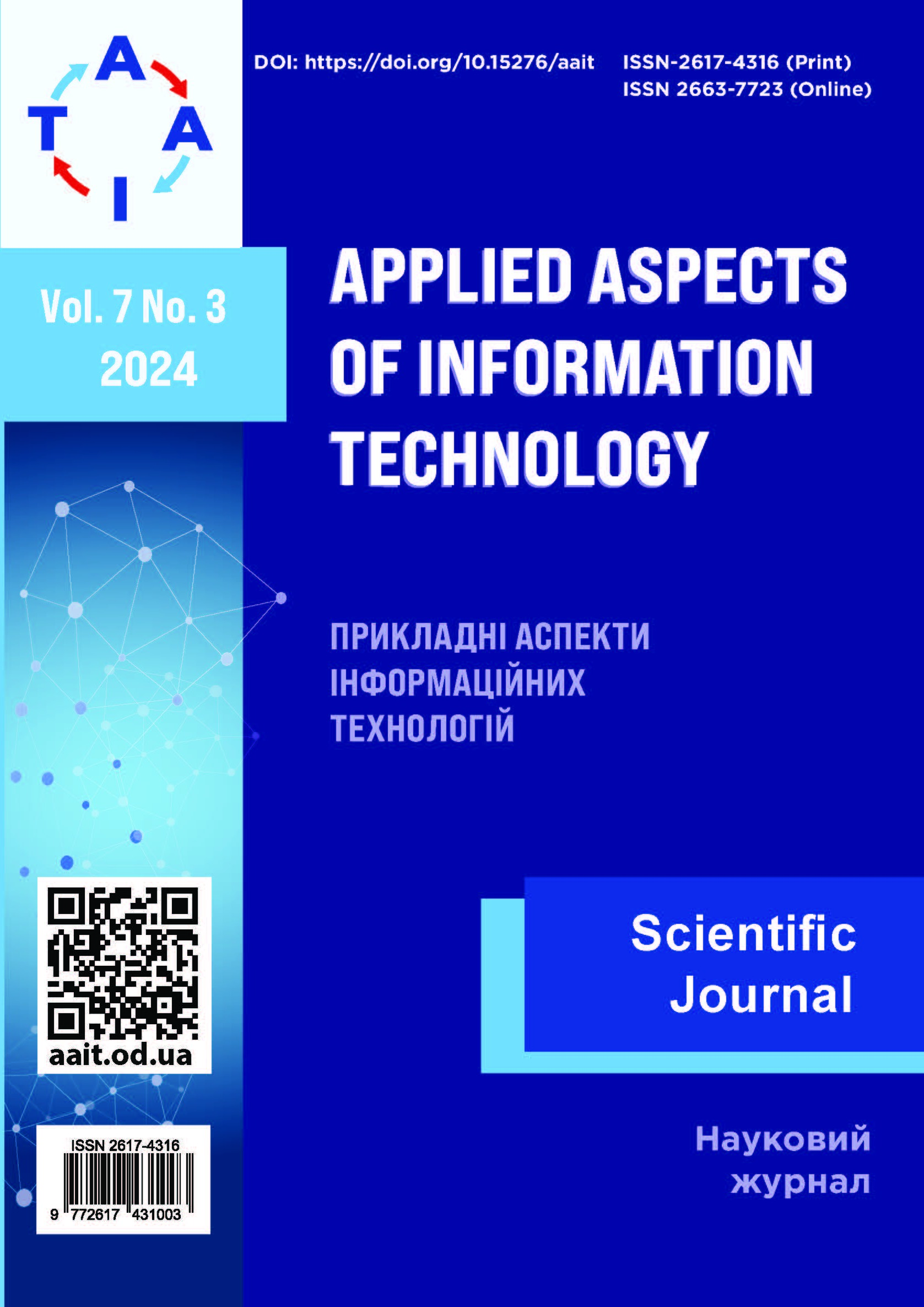Unmanned aerial vehicles, drones, military medicine, health monitoring, drug delivery, swarm algorithms, thermal cameras, photoplethysmography, radio frequency sensors, innovations in the military sphere
Main Article Content
Abstract
The article delves into modern approaches and innovative technologies designed to monitor the health of military personnel using unmanned vehicles, while also assessing their potential for delivering medicines in combat environments. It thoroughly examines the wide range of sensors and technologies that enable remote measurement of vital signs, including but not limited to thermal imaging cameras, photoplethysmography sensors, and radio frequency sensors, highlighting their effectiveness in various operational contexts. The article also reviews numerous real-world applications of drones in both medical and humanitarian projects, showcasing the transformative impact these technologies can have in providing timely healthcare and support in areas where traditional medical infrastructure may be lacking. In addition to discussing the practical benefits of using unmanned vehicles for healthcare delivery, the article also addresses the challenges posed by their integration into military operations, such as logistical, technical, and regulatory hurdles. Furthermore, it presents a detailed example of how these innovative systems can be effectively combined to enhance the medical care provided to military personnel, especially during combat, where traditional access to medical services is often limited or compromised. The article proposes several key areas for future research and development, emphasizing the importance of continued technological advancements to fully harness the potential of unmanned vehicles for medical applications in the military sector. These areas include improving sensor accuracy, developing better communication systems, and creating more autonomous and efficient delivery mechanisms. Here are examples that prove, the article suggests that unmanned vehicles could play a critical role in revolutionizing both battlefield medicine and military logistics, offering new solutions for healthcare delivery in challenging environments.



